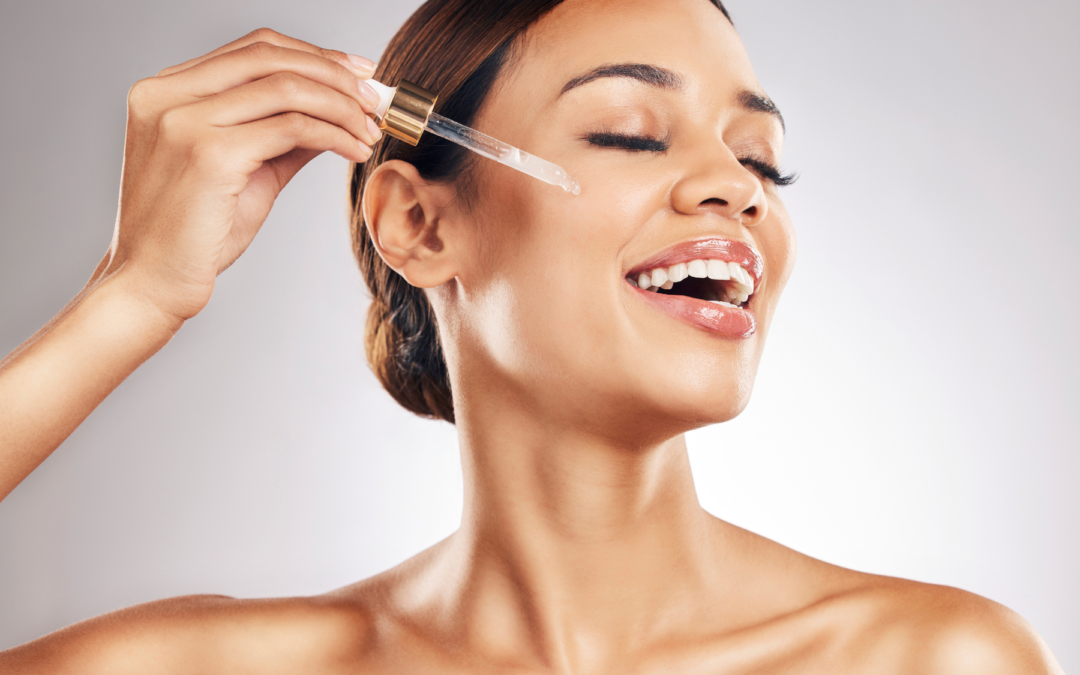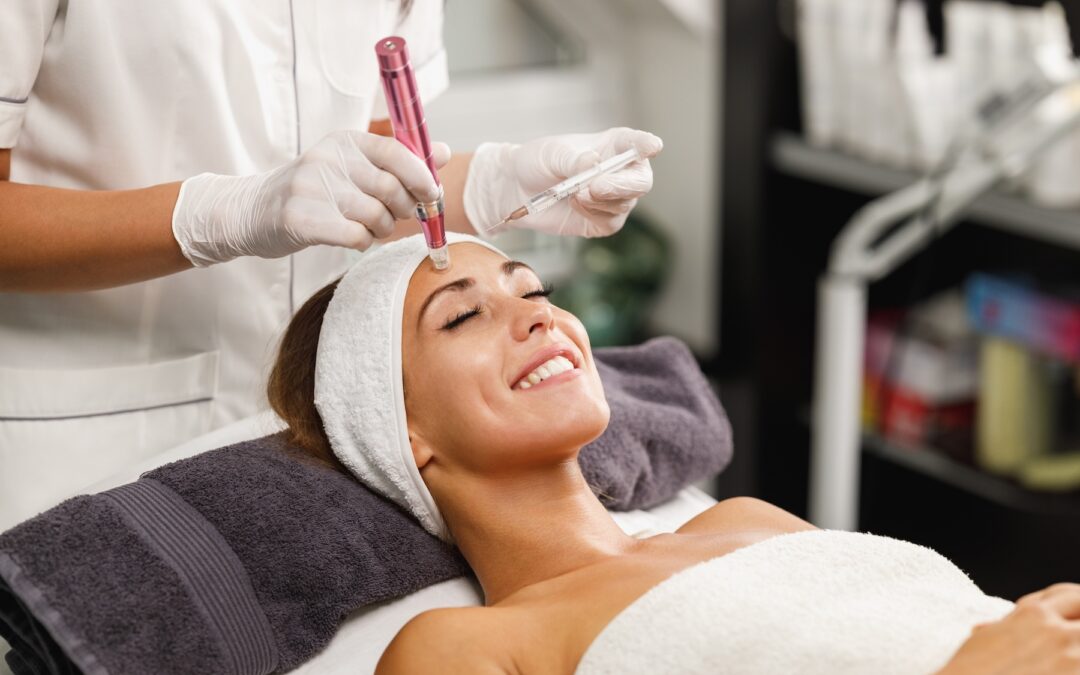
by Mia Valleskey | May 15, 2024 | retinol
Certain ingredients stand out in the skincare world for their proven results. Among these, retinol is the cornerstone for many skincare regimens. Derived from vitamin A, retinol is a type of retinoid that enhances skin’s appearance and health. Understanding how retinol works and why it is important leads many to add retinol to their daily skincare.
Understanding Retinol
Retinol is a derivative of vitamin A, an essential nutrient crucial in maintaining healthy skin. It is less potent than prescription-strength retinoids, making it a popular choice for over-the-counter skincare products. When applied topically, retinol is converted by the enzymes in the skin into retinoic acid, which is the active form that can influence cellular processes.
Promotes Skin Cell Turnover
The primary benefit of retinol lies in its ability to promote rapid turnover of skin cells. This accelerated cell renewal process helps to slough off dead skin cells and stimulate the production of new ones. Regular use of retinol can result in smoother, fresher skin that appears more youthful. This makes it particularly effective in addressing common signs of aging, such as fine lines and wrinkles.
Boosts Collagen Production
Collagen, a protein that gives skin its firmness and elasticity, diminishes with age and exposure to factors like UV radiation and pollution. Retinol has been shown to stimulate collagen production, thereby reinforcing the skin’s structure and reducing the appearance of sagging and wrinkles.
Improves Skin Texture and Tone
Retinol’s impact on cellular turnover and collagen production also means it can dramatically improve skin texture and tone. It helps smooth rough patches, soften fine lines, and even discoloration, including sun spots and hyperpigmentation. The result is a more refined and even complexion, often visible within a few weeks of consistent use.
Supports Skin Hydration
While retinol is often noted for its exfoliating properties, it also helps improve skin hydration levels. By bolstering the skin barrier, retinol can improve its ability to retain moisture, improving hydration and plumper, healthier skin appearance.
Conclusion
Retinol remains a gold standard in skincare for its versatility and proven effectiveness in treating various skin concerns, from aging to acne. Its ability to improve skin renewal, boost collagen production, and enhance skin tone and texture makes it a valuable addition to skincare routines to achieve a healthier and more youthful complexion. It is a valuable tool in any skincare toolbox. Contact us if you want to learn more!

by Mia Valleskey | Feb 1, 2024 | Microneedling
The latest skincare methods are always changing and improving, promising to help you look and feel better even as you age. Microneedling and chemical peels are two such dynamic combinations that are becoming increasingly popular. This powerful pair combines two successful procedures that can help with a wide range of skin problems, from acne scars and signs of aging to hyperpigmentation and general skin rejuvenation.
Understanding Microneedling
Collagen induction treatment, which is another name for microneedling, uses a machine with tiny needles to make controlled holes, or channels, in the skin’s surface. While it might seem counterintuitive, these microchannels increase the body’s natural healing process, which also increases the production of collagen and elastin. As the skin gets stronger, it also begins to look smoother and younger.
There are several known advantages to microneedling, which are detailed below:
Collagen Production: Microneedling causes the production of collagen, a key protein that keeps skin flexible and strong.
Reduced Wrinkles and Fine Lines: The higher collagen level makes wrinkles and fine lines less noticeable, which makes the skin look better.
Scar Reduction: Microneedling can make scars look better by encouraging the growth of healthy skin tissue. This includes scars from acne or surgery.
Better Product Absorption: The microchannels that are made during microneedling make it easier for external skin care products to be absorbed, which makes them work better.
Understanding Chemical Peels
Chemical peels work by applying a chemical solution to the skin in a way that doesn’t damage it. This process gets rid of the damaged skin on the outside, showing newer, healthier skin below. Chemical peels can be superficial, medium, or deep, depending on what the skin needs.
It is thought the chemical peels offer the following benefits:
Better Texture: Chemical peels can make the texture of your skin better by getting rid of dead skin cells and speeding up the growth of new skin cells.
Even Skin Tone: Peels can help even out skin tone by lowering hyperpigmentation, sun damage, and uneven skin tone.
Treatment for Acne: Chemical peels can help clear out pores, lower inflammation, and stop acne from coming back.
Stimulation of Collagen Production: Like microneedling, chemical peels increase collagen production, which makes the skin firmer and more resilient.
What Happens When Microneedling and Chemical Peels Are Combined?
Using both microneedling and chemical peels together gets the most out of their combined benefits. In essence, the microchannels that microneedling makes in the skin help the chemical peel work better, removing dead skin cells more deeply and evenly. Using these two methods together improves the overall outcome and takes care of more issues than when only using one method.
Final Thoughts
When combined with chemical peels, microneedling is a powerful treatment that can help with a wide range of skin problems. This combined method works well for many skin problems, including lines, scars, uneven skin tone, and increasing collagen production. The result is skin that looks healthy, younger, and glows. Contact Beauty & Body By Mia to learn more!


